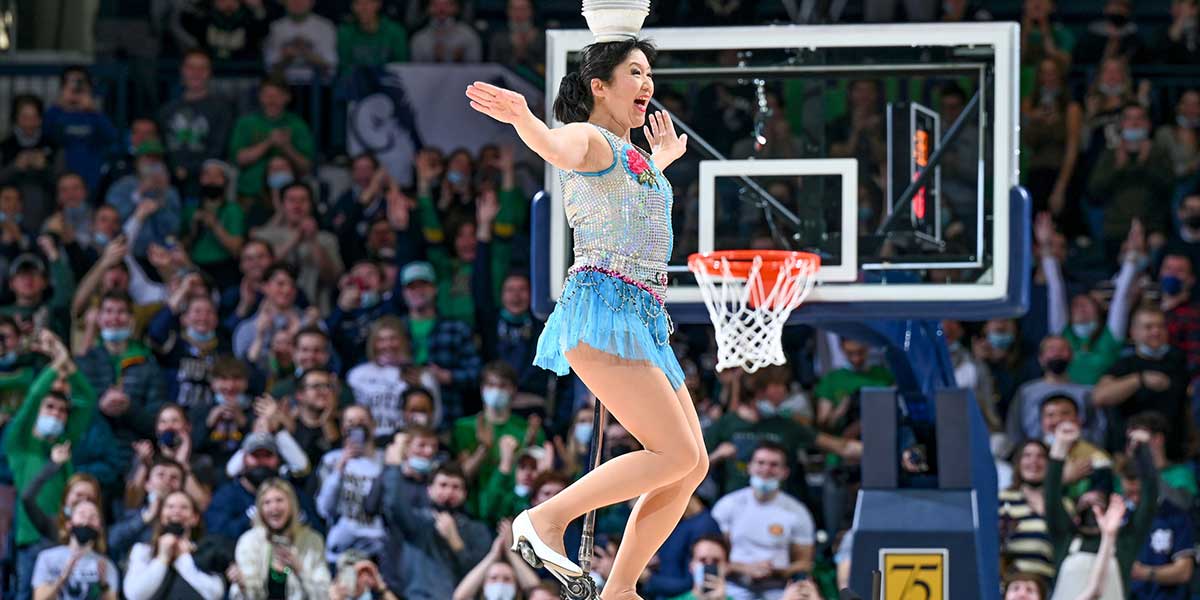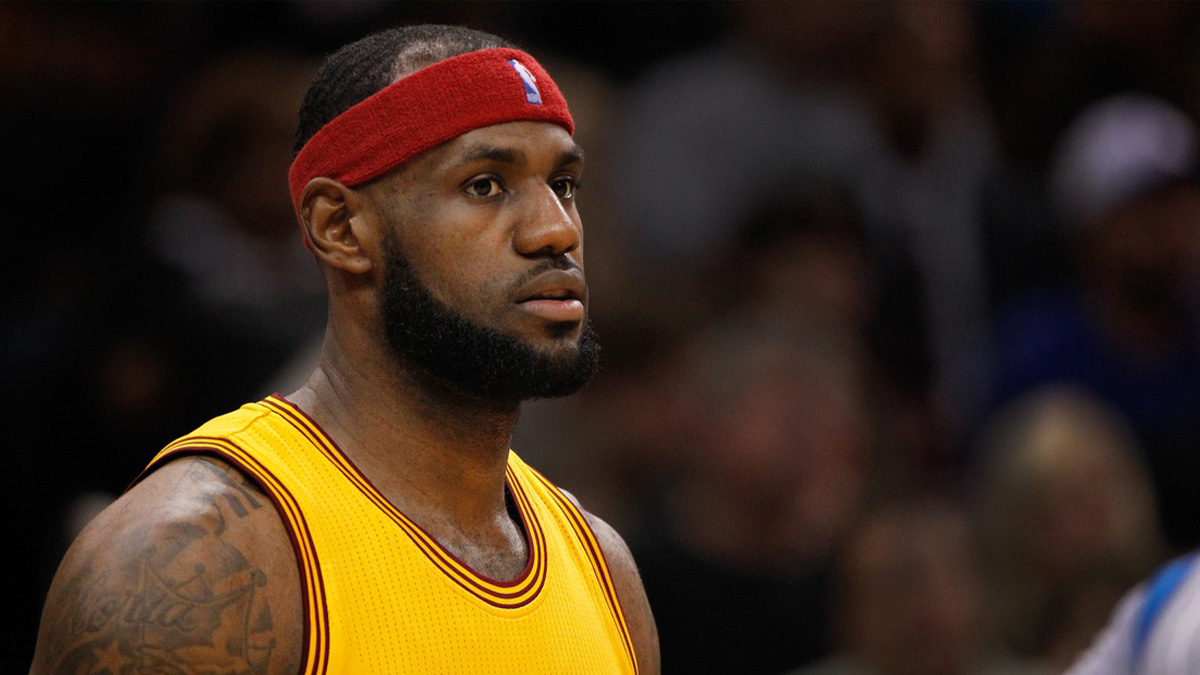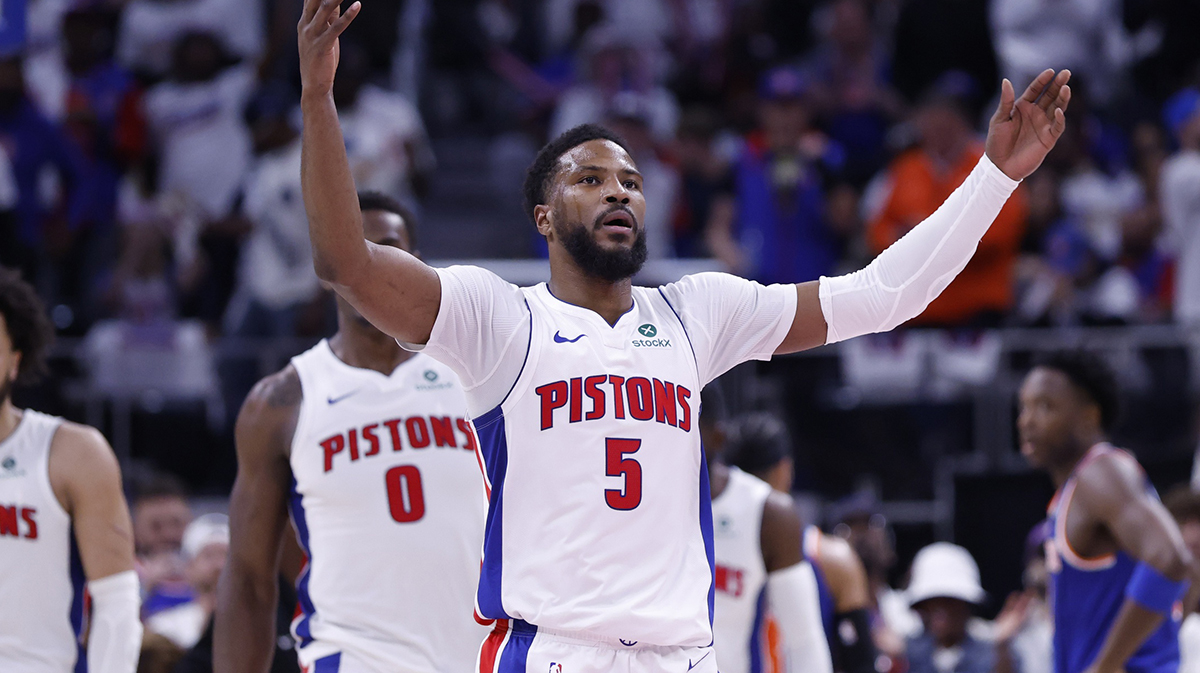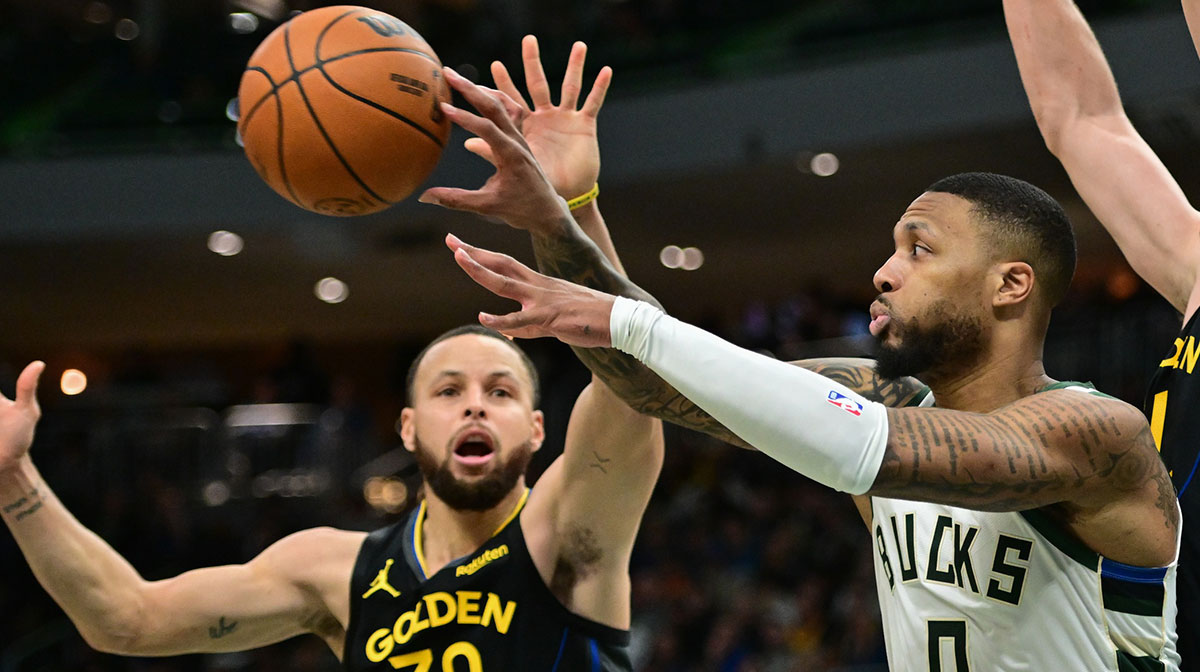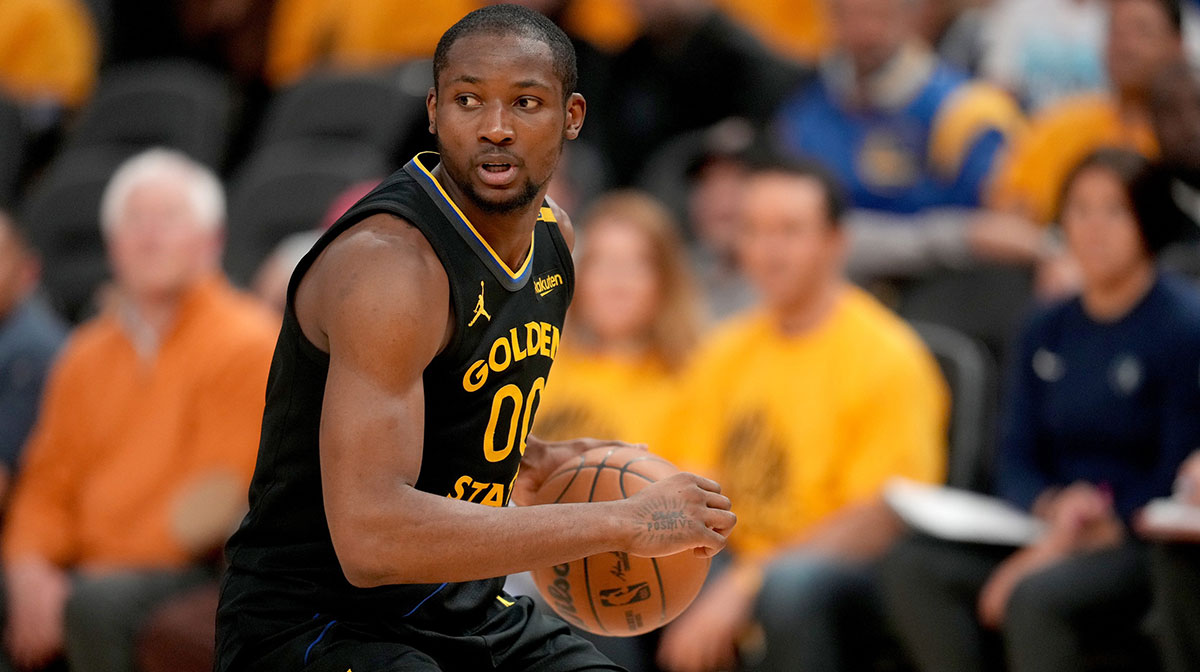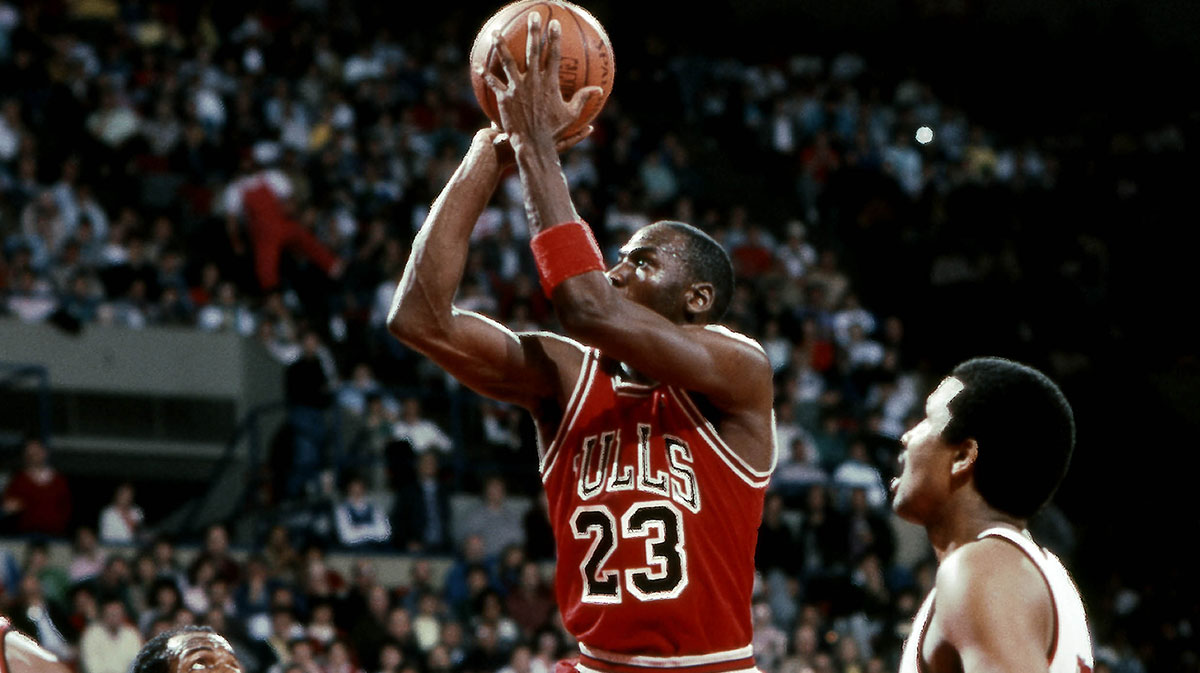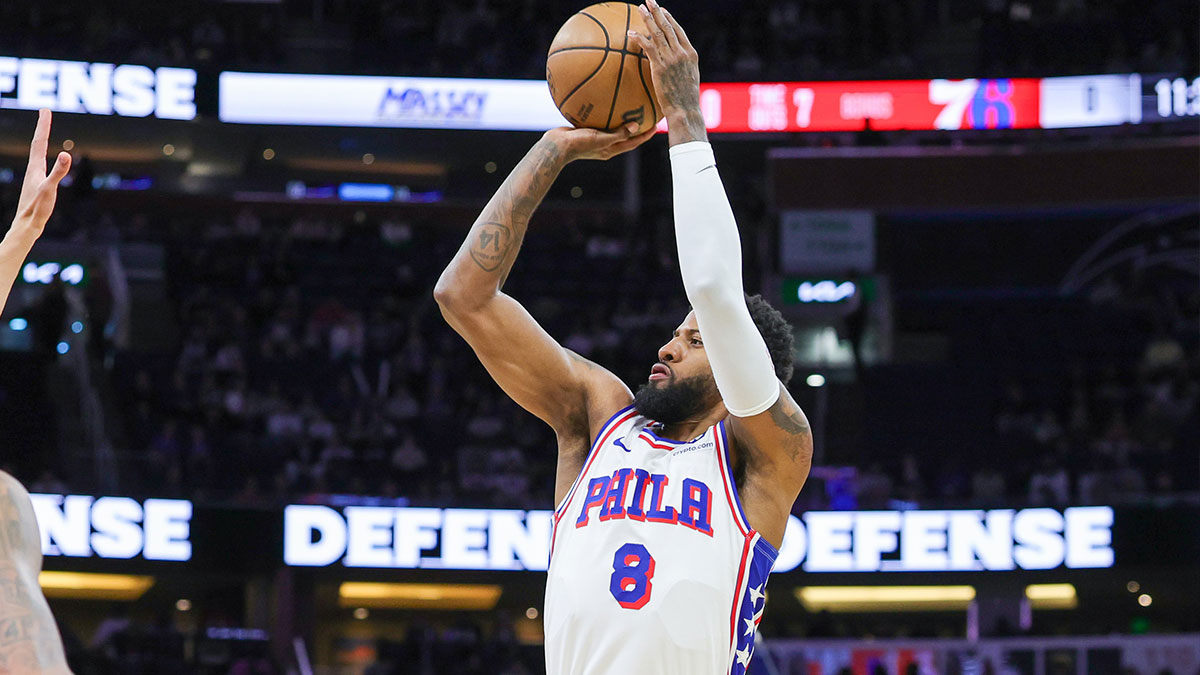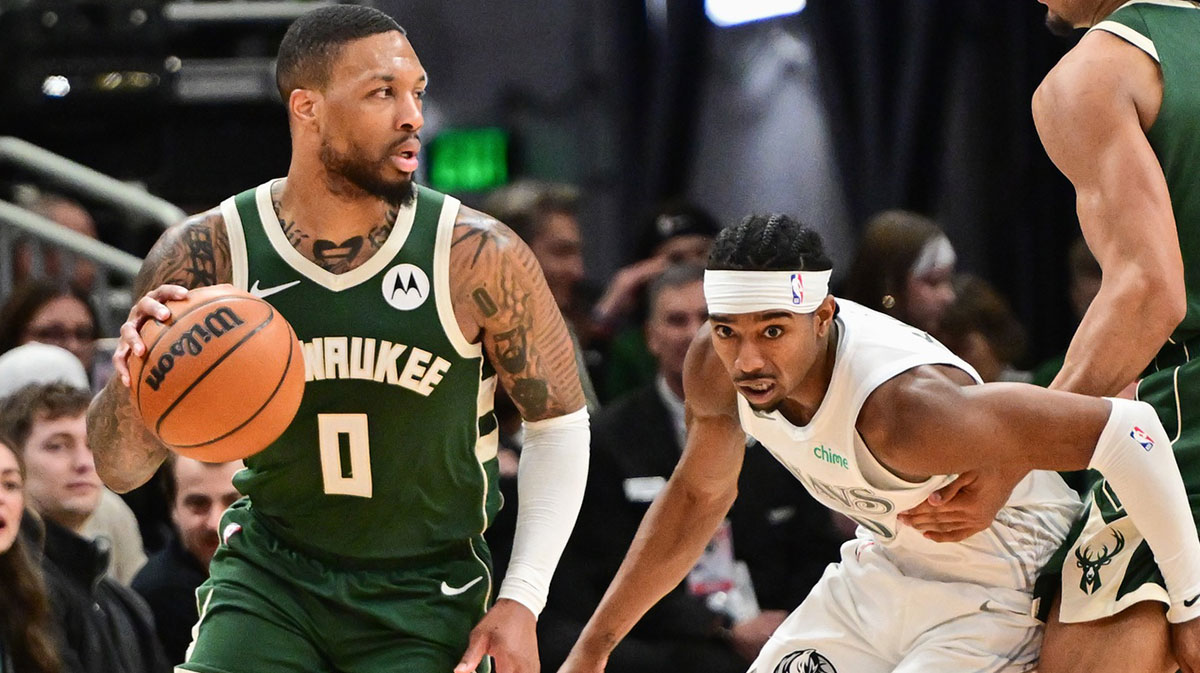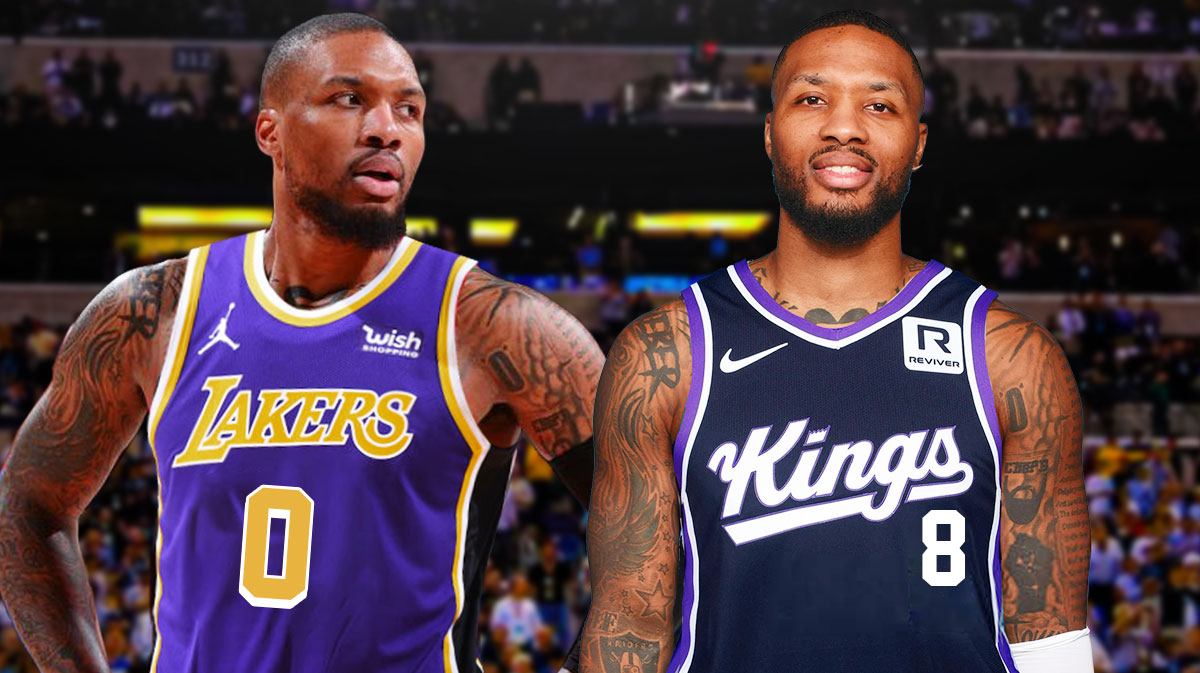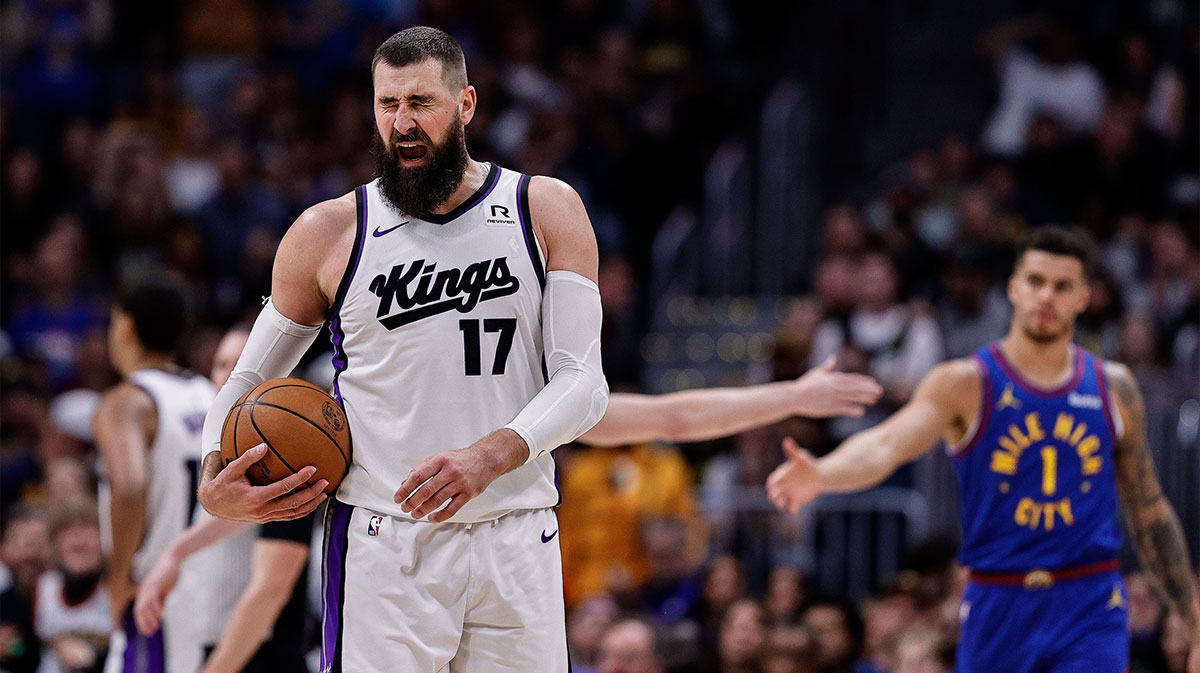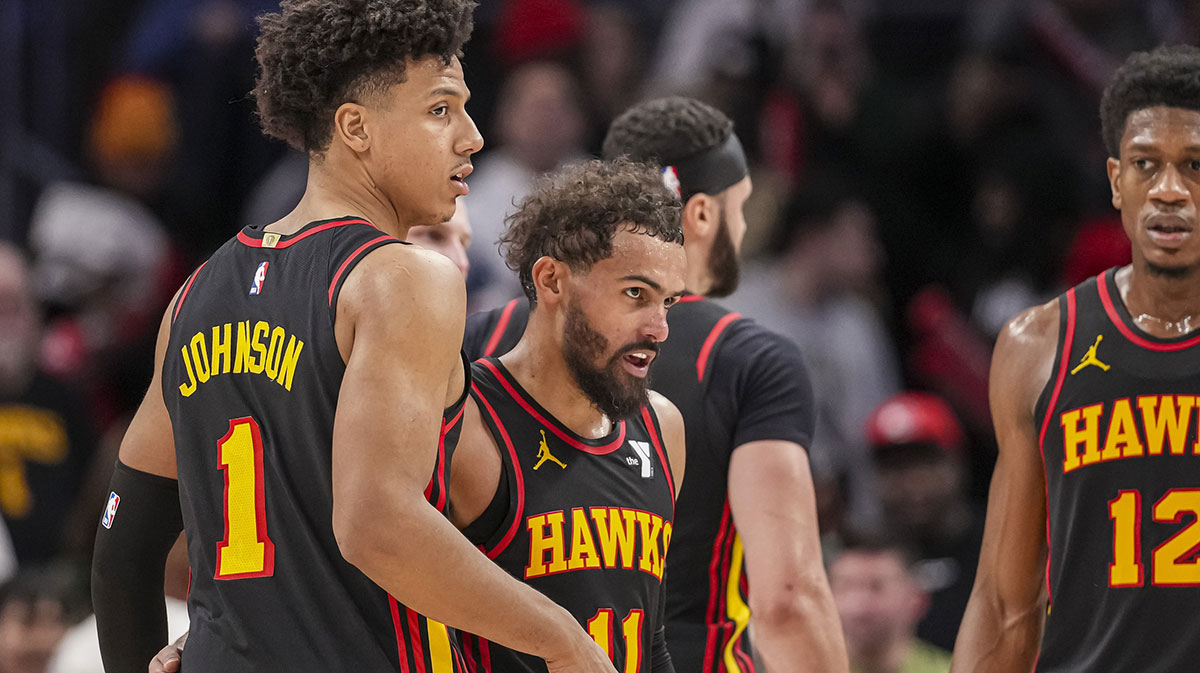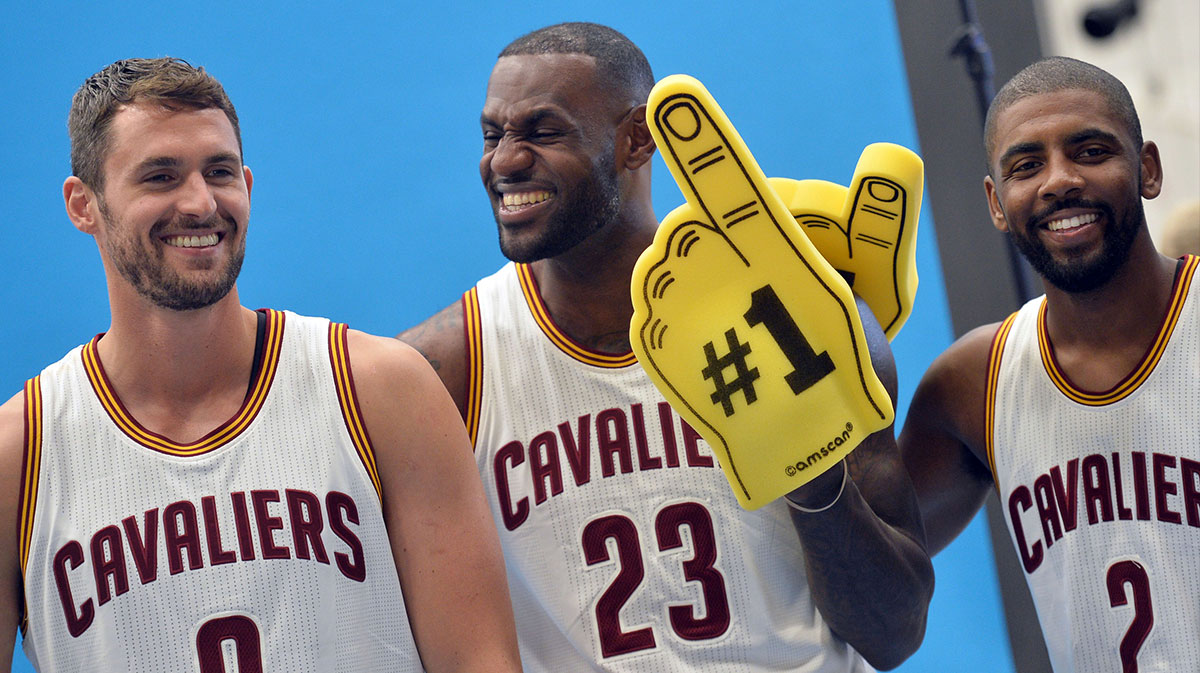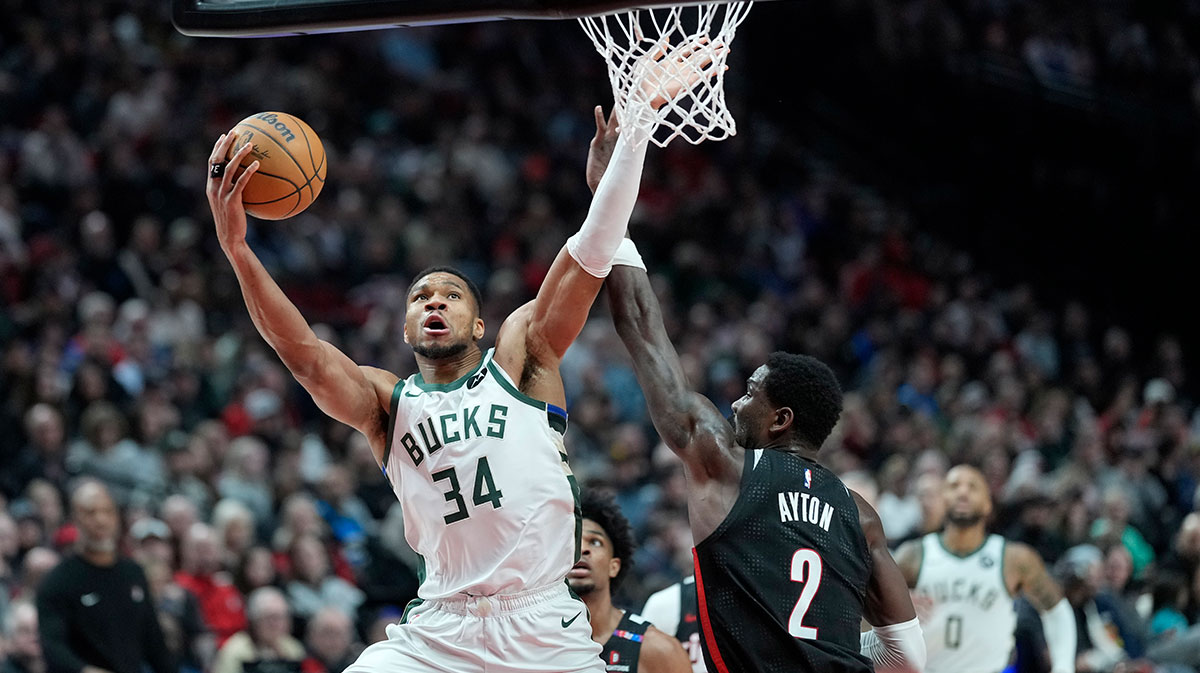Technological advancements have been shaping the NBA for decades — instant replay comes to mind — and that hasn’t stopped or slowed down recently. The introduction of new ideas and technologies that do everything from improving statistics to coaching during a game are greatly affecting the way the game is played and watched. Check out these five recent developments that are changing the face of basketball.
1. SportVU Cameras
These new cameras are installed in every arena in the NBA, and they’re completely changing the way the game is analyzed. Mainly, they allow both coaches and the casual viewer to see more about a player’s statistics than rebounds, assists, blocks, steals and shooting percentages.
The NBA's partnership with STATS LLC began several years ago, and upon announcing the decision, the league released the following statement from executive vice president of operations and technology Steve Hellmuth:
“We are a league driven by data, and our expanded partnership with STATS provides our teams and fans with access to uncover groundbreaking statistics. In this new era of statistical information, SportVU will be an invaluable resource for basketball executives and our passionate fans.”
SportVU cameras provide a variety of new statistics, including where points where scored and how they went in; whether a rebound was contested; how many points a player created off of assists; what percentage a defender holds opponents to when they’re shooting. And while this creates an invaluable resource for managers and coaches, the information is also available publicly on the NBA website, so that fans can similarly delve into the behind-the-scenes stats of the game.
2. On-Demand Viewing
It used to be that fans outside of their team’s home city were unable to watch any games — a Chicago-based Lakers fan would have no luck of catching Kobe Bryant in action, and same for a Golden State fan based out of Minneapolis. But thanks to on-demand viewing, that’s no longer the case. Now, fans are able to purchase season-long subscriptions with the NBA League Pass, and can also purchase single-game streams online.
The pass prices are relatively low — less than a movie ticket — per game, and that allows every team in the league to expand their fandoms beyond previous expectations.
3. Wearable Technology
There’s a wide variety of wearable technology on the market to improve players' health and performance. Monitors can track everything from heart rate to player motion and allow players, coaches and franchises to make more informed decisions about training and player development.
This type of technology could have many impacts on the league. The most important one, however, is how it can affect player health. The ability to prevent and predict injuries while monitoring training loads will allow franchises to keep everyone from their stars to their benchwarmers better equipped throughout the season. And healthier players lead to more fun for everyone.
4. Social Media
This might seem kind of obvious — and honestly it is — but the depth of impact that social media has upon the culture of NBA basketball continues to expand. Fans, writers and athletes can interact directly, with multitudes live-tweeting every game and providing their own insight and analysis of every play.
The highlights and failures of every game reach fans almost instantaneously after occurring. To make the experience even more up close and personal, players run their own accounts and make posts during or after games. Last season, Twitter helped to create a personalized timeline for the finals which allowed fans to take in the action from their social media accounts.
“Twitter's new timeline is a terrific complement to our live game experience,” NBA Commissioner Adam Silver told Mashable's Sam Laird before the championship series tipped off. “The feature conveniently gathers all the memorable moments and real-time conversations of the Finals in one place.”
5. Mobile Devices
These go hand-in-hand with social media, but mobile devices have affected the game of basketball in more ways than just Twitter accounts and Facebook posts. The use of tablets during games is increasing at a rapid rate, with coaches using them to create a real-time locker room situation on the bench for players to review mistakes and learn from them.
The Portland Trail Blazers team began watching film on the bench as early as the 2013-2014 season, and the Utah Jazz team saw manager of basketball strategy Zach Guthrie walk players through a defensive possession on his tablet. With a wider variety of options than the traditional whiteboard, tablets and other mobile devices are fast becoming the most popular means of coaching during a game.

